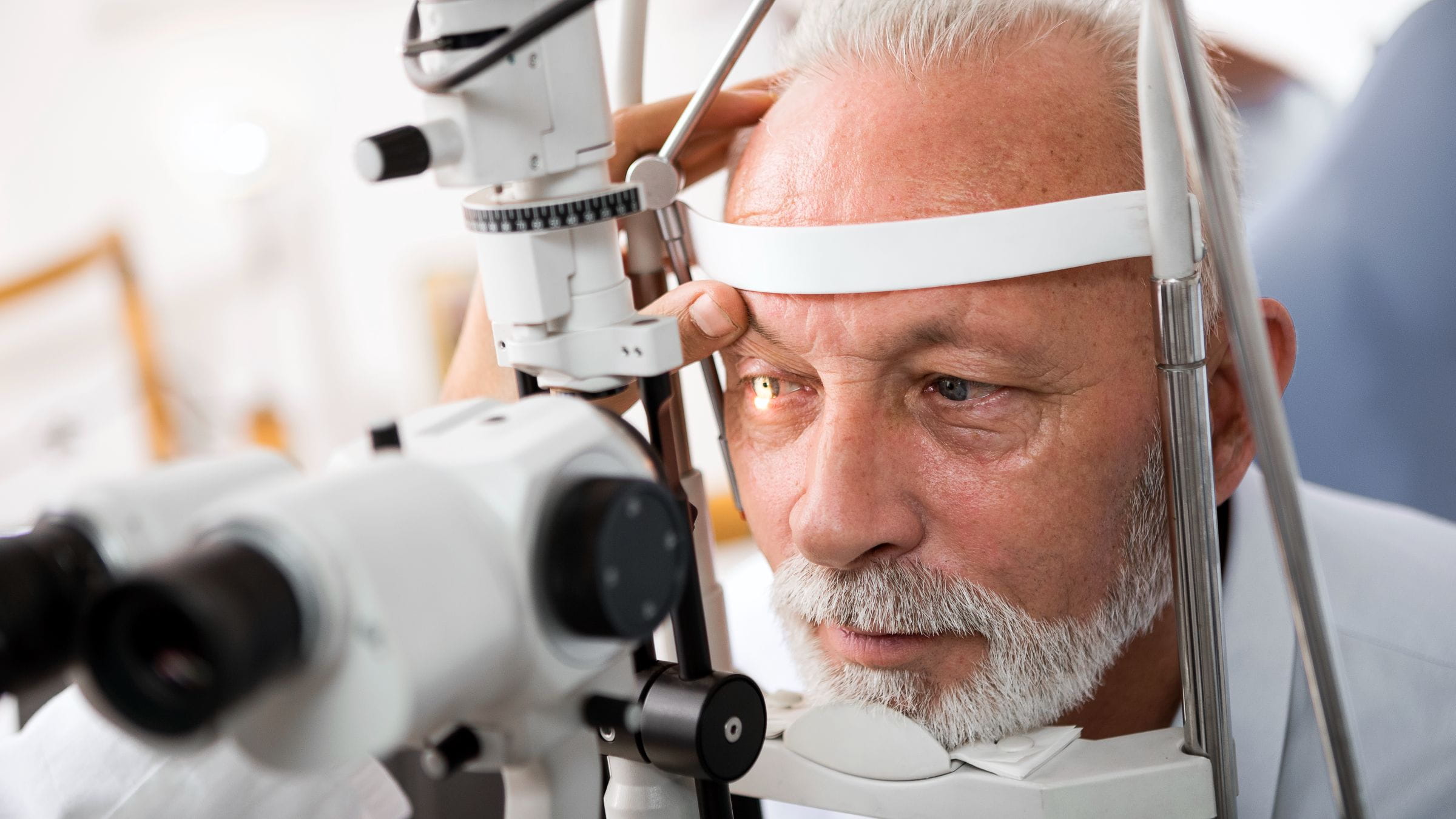
The optic nerve is responsible for transmitting signals from the retina, the back layer of the eye, to the brain. Without an optic nerve, you can’t see.
Glaucoma is an eye disease in which the fluid inside the eye builds up. The buildup of fluid causes the eye pressure to rise. When the eye pressure increases, changes start to occur to the optic nerve and it starts to lose function. As a result, your peripheral, or side, vision is permanently lost.
Glaucoma is the second-leading cause of irreversible blindness worldwide. Millions of people have been diagnosed with glaucoma worldwide, and that number is expected to increase in the future. There are several types of glaucoma, with primary open angle glaucoma being the most common.. Other types of glaucoma include angle closure and congenital.
Symptoms of glaucoma are dependent on the type of glaucoma you’ve been diagnosed with. If it’s primary open angle glaucoma, you may be asymptomatic. It may not be until the glaucoma progresses that you notice changes to your side vision, as the changes tend to be gradual.
With angle closure, you may be more symptomatic. While experiencing an angle closure attack you may have a severe headache with nausea and vomiting. You may also experience eye pain with redness and notice blurred vision and halos around lights.
Caregivers of children who have glaucoma may notice that the child’s eye appears to be hazy or that the eye appears larger than normal.
Different groups of people are at risk for the different types of glaucoma.
You may be at risk for glaucoma if you have the following risk factors:
- Over the age of 60
- African American, Hispanic/Latino or Asian
- Family history
- High blood pressure, heart disease or diabetes
- Elevated eye pressures
- Thin central corneal thickness
- Extremely farsighted or nearsighted
- Chronic use of topical corticosteroids
The best way to screen for glaucoma is to have a yearly comprehensive eye examination by an optometrist or ophthalmologist. During the exam, your eye care provider will measure you eye pressure, evaluate your side vision and dilate your eyes to examine your optic nerves.
While there’s no cure for glaucoma, it’s a treatable disease. If you’re diagnosed with glaucoma, your eye care provider will prescribe you glaucoma medications. It’s important that you take the medications as prescribed. Your eye care provider will also monitor you closely for progression. Should your provider detect progression, you may undergo more advanced treatments, such as laser treatments or surgical intervention.

Great vision starts here
Ohio State's optometry clinics provide world-class eye care for your entire family.
Schedule an appointment




